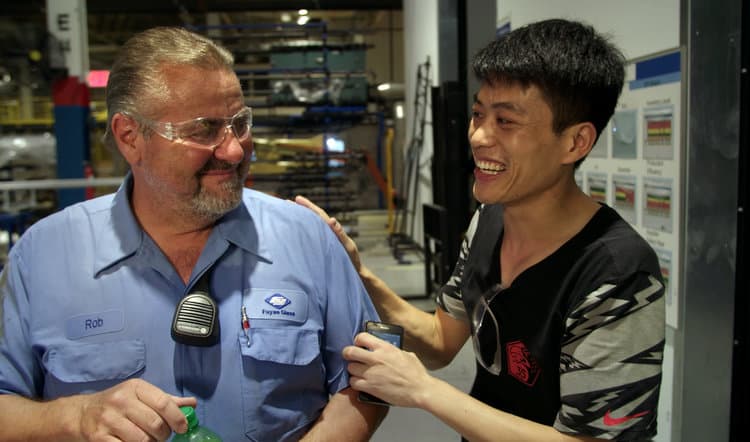Read also:
How to Watch FX Live Without CableHow To Watch AMC Without CableHow to Watch ABC Without CableHow to Watch Paramount Network Without CableEnvironmentalism, culture clash, and Satanism reign in Day 3 of Chicago’s doc festival.
If “Why are you such a prick?” was the main question for the Doc10 Film Festival on Friday, Saturday flipped it inside out. Rather, the question was, “Why are we such pricks?” That’s a pretty loaded question so it’s better to meditate on it than answer it outright, and throughout the day, the seemed like insight would lie somewhere in the three W’s. Waste, work, and worship can feel like the cruxes of society, so it felt a little too fitting to bathe in it for a day. But what are movies if not a mirror of reality, huh?
First up was an
Their collective effort takes a heavy page out of the “science museum” school of filmmaking with its long, hypnagogic takes of nature and voiceover narration. That narration, as it so happens, is courtesy of Alicia Vikander, whose work gives us info regarding the planet and the environmental issues brought on by humankind over centuries. That said, the narration feels out of place for this visually sumptuous trip and its flashcard-like info doesn’t really mesh with the sensory film it’s trying to be.
The visuals often lack context and are all the more striking because of it. Roland

The next film for Doc10 was Nanfu Wang and Zhang Lynn’s One Child Nation, which I skipped, having already seen and written about it at Sundance. I instead took a break and waited for the second W of the day: work. Steven Bognar & Julia Reichert’s American Factory shows what happens when a Chinese billionaire takes an abandoned General Motors plant in Dayton, Ohio, hires over one thousand workers from near and far, and fails to account for cultural and economic clash.
But it isn’t that the powers that be are idiots. Everyone’s needs are grounded in that certain space between logic and trepidation. The real issue is that everything seems to be mutually exclusive. Idealism just can’t thrive when there’s more than one person in the room, but at least they can try.
And try they do. “When in Rome, do as the Romans do. Just don’t upset them,” the chairman says. He puts up western iconography; he uses Chinese workers as the brains and the Americans as the brawn. A lot of American Factory works like a comedy of manners for a while, refusing to cut away from its stranger-than-fiction conflict. The result is entertaining as hell at points but doesn’t condescend either side and, at its best moments, juggles a swath of opinions with equal reason.
Bognar & Reichert really see these people. They see their insecurities, their need for progress, their crushing fear of modernity. The filmmakers also take time to quietly establish the status quo so the drift from normalcy actually means something, whether it’s good or bad. The film is a bit too spry in how it bounces between topics at times and the last third feels stretched out, but this is affecting work most of the time.

So if the final W of the day is worship, who does it entail? Satan, of course. Well, not really. Penny Lane’s Hail Satan? follows Lucien Greaves and his makeshift anti-establishmentarist movement known as The Satanic Temple. In reality, it has nothing to do with Satan. What started out as a punky joke amongst a few quickly turned into a movement against Puritanism and the unconstitutional rule held by Christianity. For those with a victim complex, they’re just a bunch of trolls. But for every action comes an opposite and equal reaction, and the Temple’s fight against religious singularity is only as dramatic as the right wingers make it.
For the audience, however, it’s a ton of fun, a wonderfully iconoclastic game of chicken. Lane has made a film that acknowledges wrongdoings when they occur but is just as resistant to any brand of apathy. The issues here are radical but rarely black-and-white and Hail Satan? doesn’t settle for laughing at someone from afar. It actually looks at what happens when absurdity slides into hysteria. Some stretches feel unjustly out of order and it sometimes plays its humor to the point of leaning too heavily towards irony, but aside from feeling too long at just 95 minutes, it still makes for a funhouse ride worth taking. And the operators don’t care what you think at all, which makes it all the more amusing.
It’s nice to see that they’re nice people, but my main hesitation? Well, the organization just seems a little too theatrical and communal for my tastes. Hmmrph.

